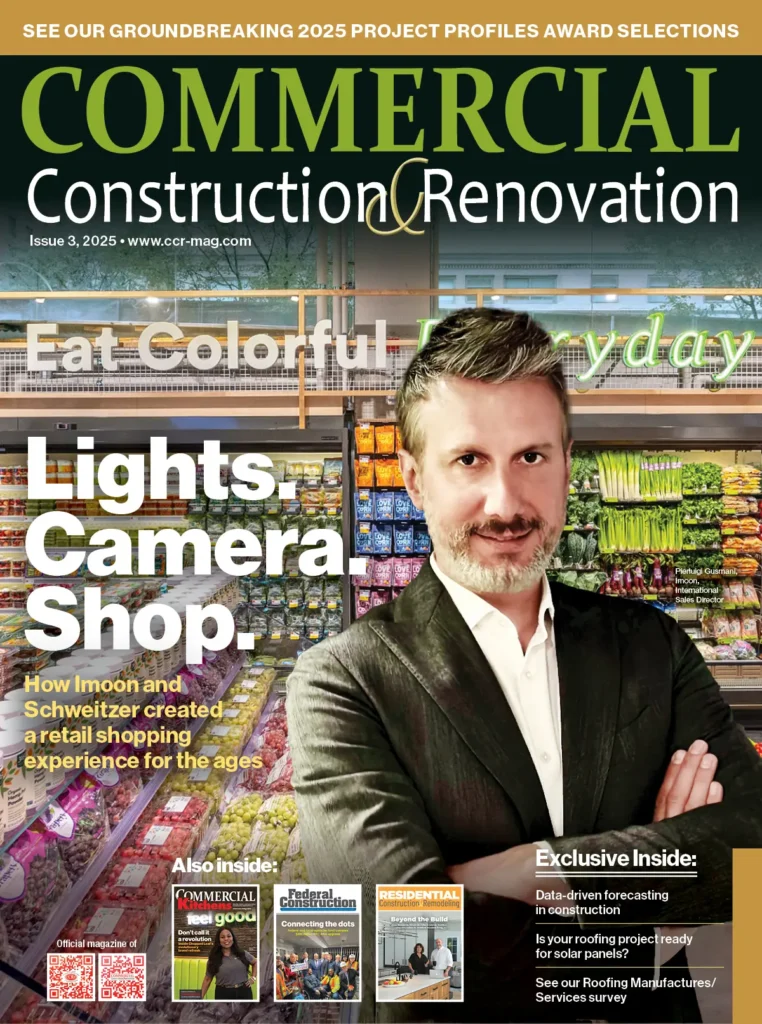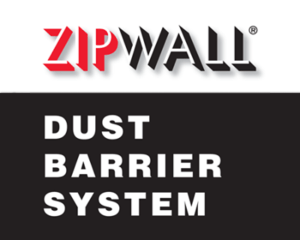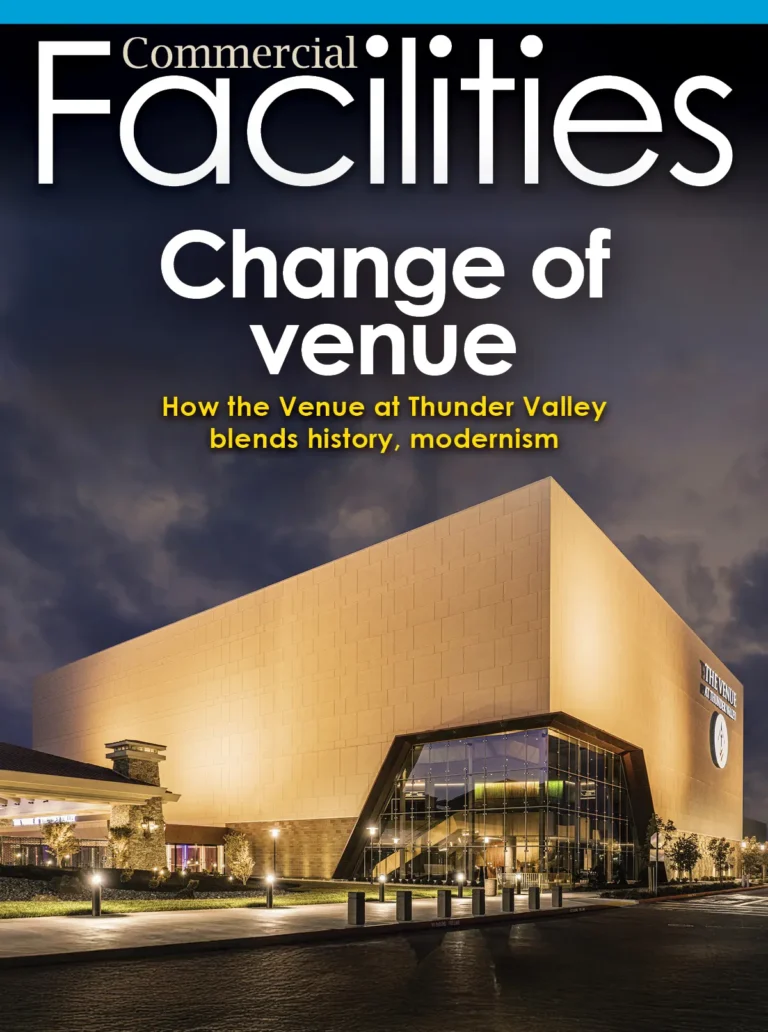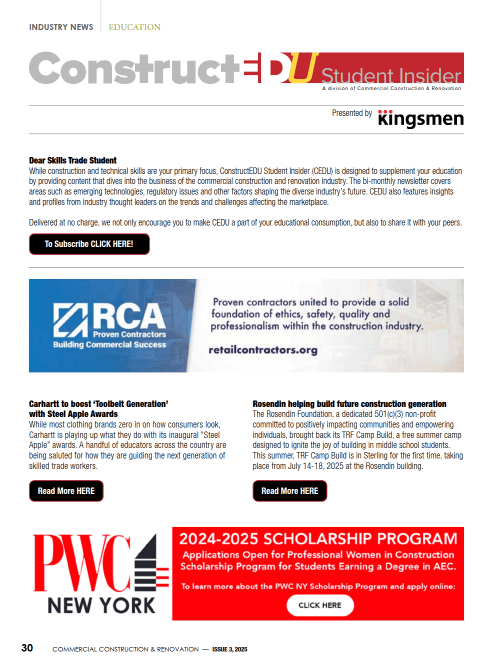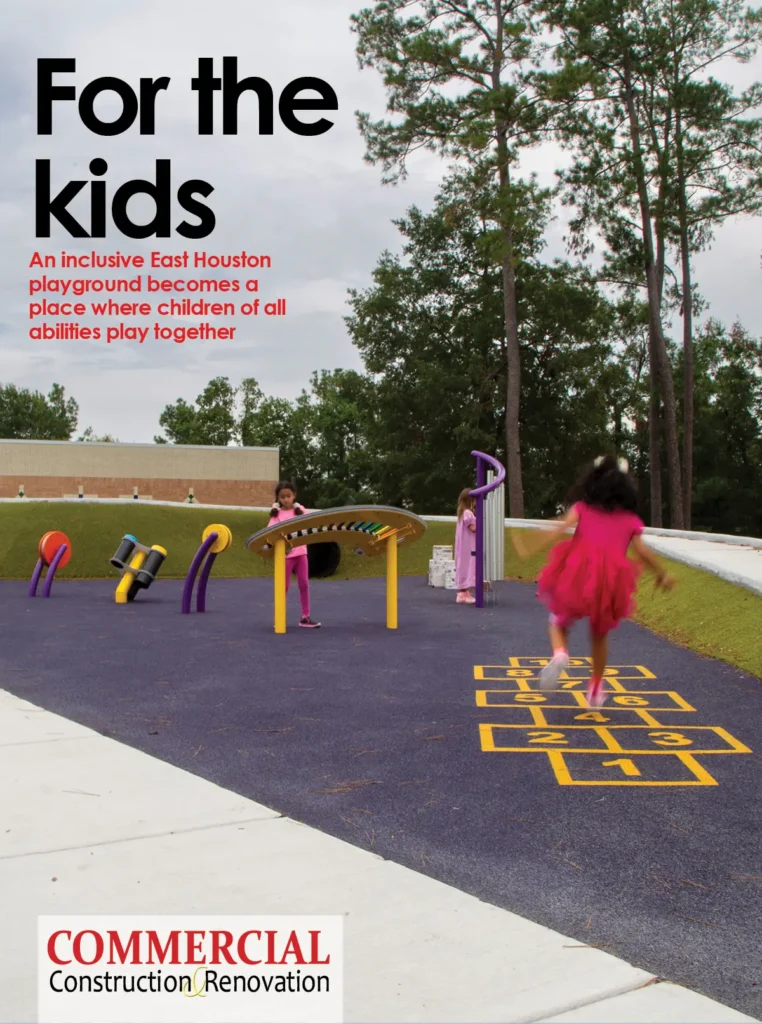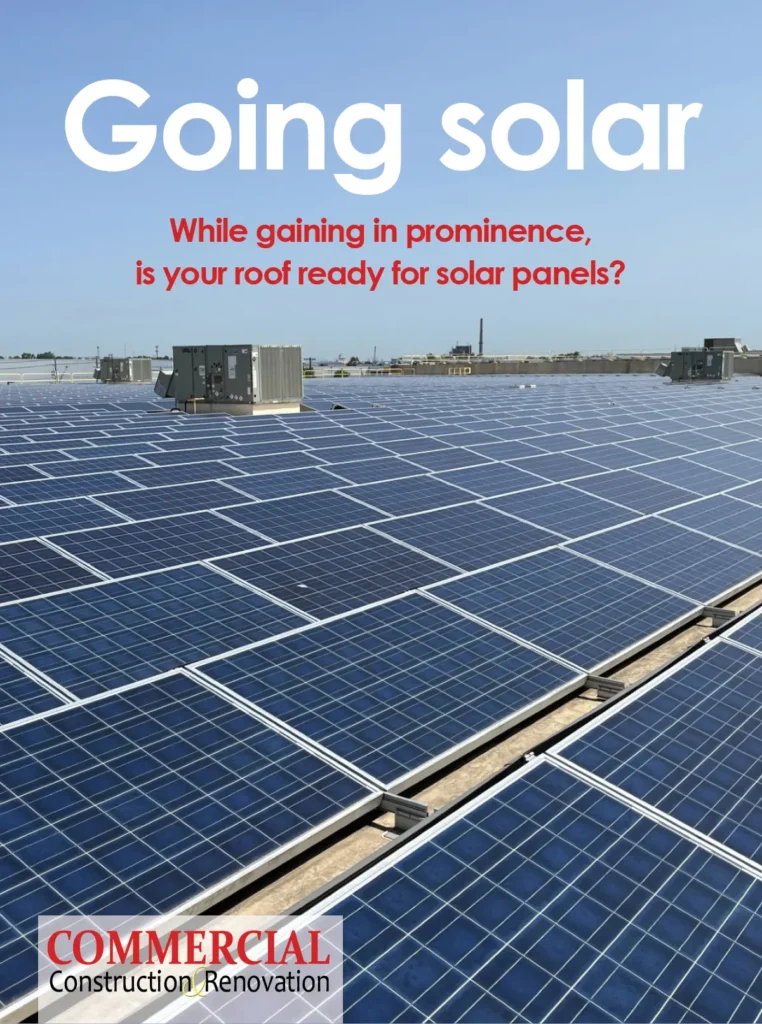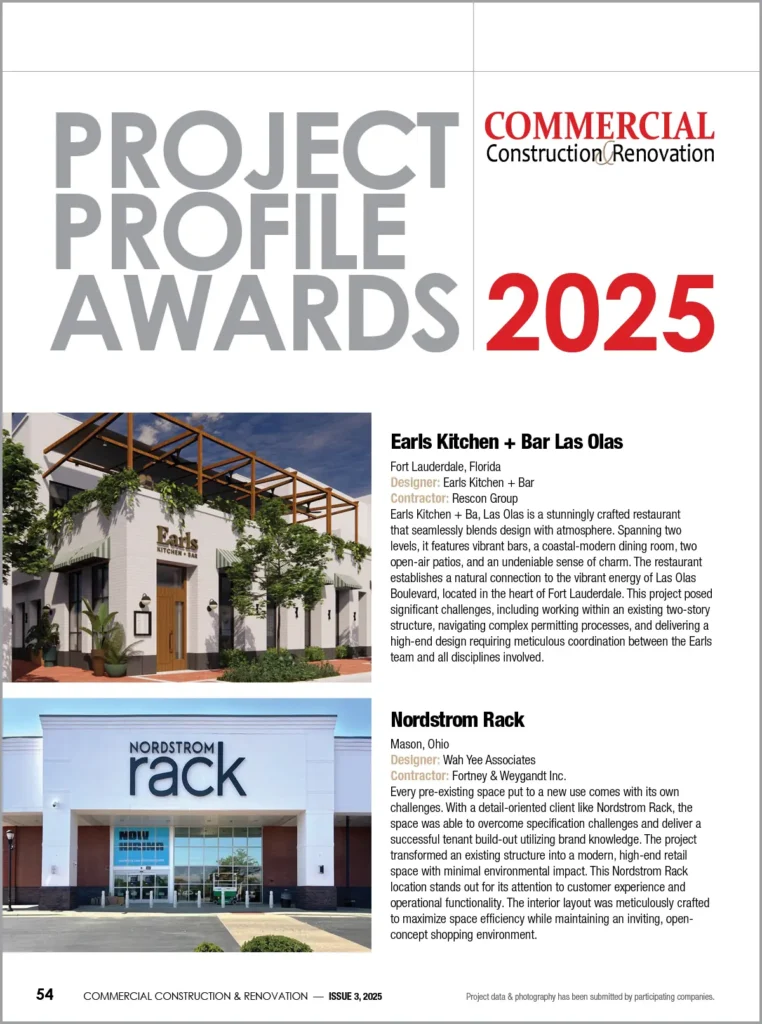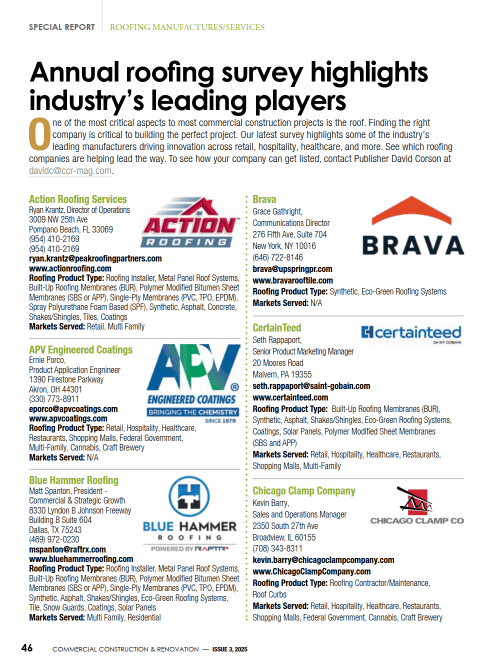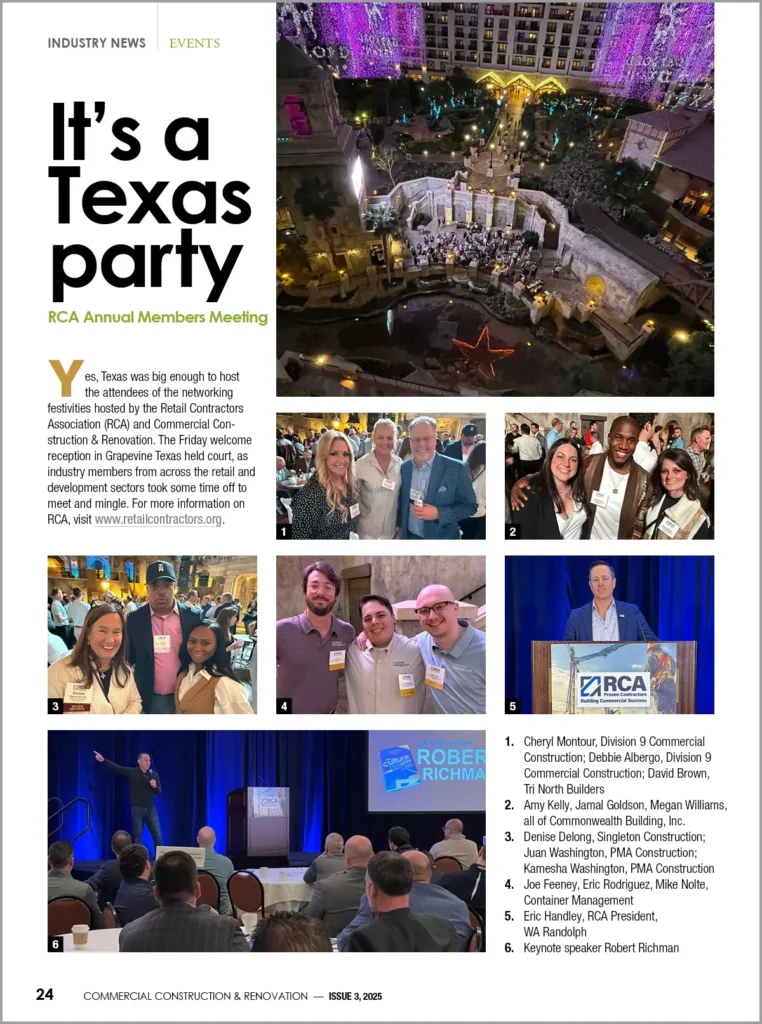When people think about home security, their minds often jump to alarm systems, surveillance cameras, or motion-detecting lights. But there’s one area where many homes are most vulnerable—and it’s hiding in plain sight. The windows and doors of a home are not only entry points for light and air, but also potential access points for unwanted intruders.
A strong security plan should begin with the very structures that separate your home’s interior from the outside world. If your window installation or door installation is outdated, poorly sealed, or built with subpar materials, even the most advanced security system could be undermined.
As home safety becomes a growing concern for many homeowners, it’s worth exploring how modern windows and doors can serve as your first—and best—line of defense.
Where Security Starts: The Structural Barrier
Security is not just about technology—it’s about structure. Doors and windows serve as physical barriers. The better they’re constructed, the more effectively they resist forced entry, manipulation, or tampering.
1. Reinforced Frames and Locks
A high-quality door installation in Austin, TX includes a solid frame—often reinforced with steel or composite materials—and locking systems designed to resist kicking, prying, or drilling. A weak door frame is one of the most common vulnerabilities in home break-ins.
Similarly, windows benefit from reinforced locks, especially those installed on ground level or in easily accessible areas. Multi-point locking systems, which secure the window at more than one location, make forced entry significantly harder.
2. Material Matters
The material used in your windows and doors also impacts your home’s resistance to intrusion. For instance:
- Fiberglass and steel doors offer superior durability over standard wood doors.
- Tempered or laminated glass is much more difficult to break than regular glass.
- Vinyl and composite window frames are less prone to warping and cracking, which can lead to gaps intruders could exploit.
During window replacement or door replacement, choosing stronger materials is an investment in peace of mind as much as performance.
Entry Points: Areas That Deserve Special Attention
Some parts of the home are more vulnerable than others. Understanding which areas intruders typically target can help prioritize upgrades and inspections.
1. Front and Back Entry Doors
Despite being the most visible, the front door is still a common break-in point—particularly when it lacks proper locks or visibility is blocked by landscaping. Back doors and garage access doors are even more frequently targeted due to their typically hidden location.
Reinforcing these doors with stronger cores, deadbolt locks, and solid strike plates makes a significant difference. Adding security film to any nearby glass panels adds another layer of protection.
2. Sliding Glass Doors
Sliding doors are convenient and stylish, but they’re also among the easiest to breach—especially older models with basic latches. A proper door installation should include secondary locks, reinforced tracks, and shatter-resistant glass.
Many homeowners also add interior slide locks or adjustable bars that prevent the door from opening even if the latch is compromised.
3. Basement and Ground-Floor Windows
Windows near the ground level, including those in basements, are often overlooked when it comes to security. These areas should always be equipped with locking mechanisms, reinforced glass, and tamper-resistant screens or grilles if necessary.
A modern window installation that includes double glazing or laminated glass can offer both insulation and resistance to forced entry.
Additional Layers of Security Built Into Modern Designs
Beyond basic strength and locking systems, modern windows and doors can integrate other features that enhance home security without disrupting aesthetics.
1. Integrated Sensors
Newer models often include built-in contact sensors that trigger alerts when opened. These sensors can be connected to home automation or security systems without the need for external attachments or wires.
2. Privacy-Enhancing Glass Options
Frosted, tinted, or mirrored glass can deter potential intruders by preventing them from seeing inside. If they can’t observe whether the home is occupied—or what valuables are inside—they’re less likely to attempt entry.
3. Smart Lock Compatibility
Upgrading to doors that are compatible with smart locks allows homeowners to manage access remotely. Combined with security cameras or smart doorbells, these upgrades give real-time control and monitoring from a mobile device.
Signs It’s Time to Upgrade for Security
Even if your current windows and doors appear functional, they may not meet modern security standards. Here are a few signs it might be time for an upgrade:
- Locks or latches feel loose or unsteady
- Doors show warping, soft spots, or cracking near the frame
- Windows rattle in the frame or show visible gaps when closed
- Single-pane windows with thin glass
- No reinforcement around strike plates or hinges
Homeowners who notice any of these issues should consider a full window replacement or door replacement to restore both safety and functionality.
Security Without Sacrificing Style
One of the common concerns about upgrading windows and doors for security is aesthetics. Fortunately, today’s options offer high-level protection without sacrificing style. From sleek sliding doors with laminated glass to elegant French windows with multi-point locks, security can now be designed into nearly any look or layout.
Working with a professional installer ensures that safety features are seamlessly integrated into your home’s design, maintaining curb appeal while increasing resilience.
Why Professional Installation Matters
Even the most secure door or window is only as good as its installation. Poor alignment, loose fittings, or improperly placed hardware can create vulnerabilities—no matter how strong the materials are.
A secure window installation or door installation should be airtight, anchored correctly, and tested for structural integrity. Clean Cut Windows & Doors follows best practices to ensure each unit not only looks great but performs well under pressure—literally.
Conclusion
Security isn’t just about alarms and cameras—it begins with the physical barriers between your home and the outside world. Upgrading your windows and doors is one of the most impactful ways to improve safety, and it doesn’t require sacrificing comfort, energy efficiency, or design.
Whether you’re in the market for a fresh window installation, planning a door replacement, or just reevaluating your current setup, it pays to think beyond appearance. Today’s homeowners deserve security that feels as seamless as it is strong—and your windows and doors might be the best place to start.

